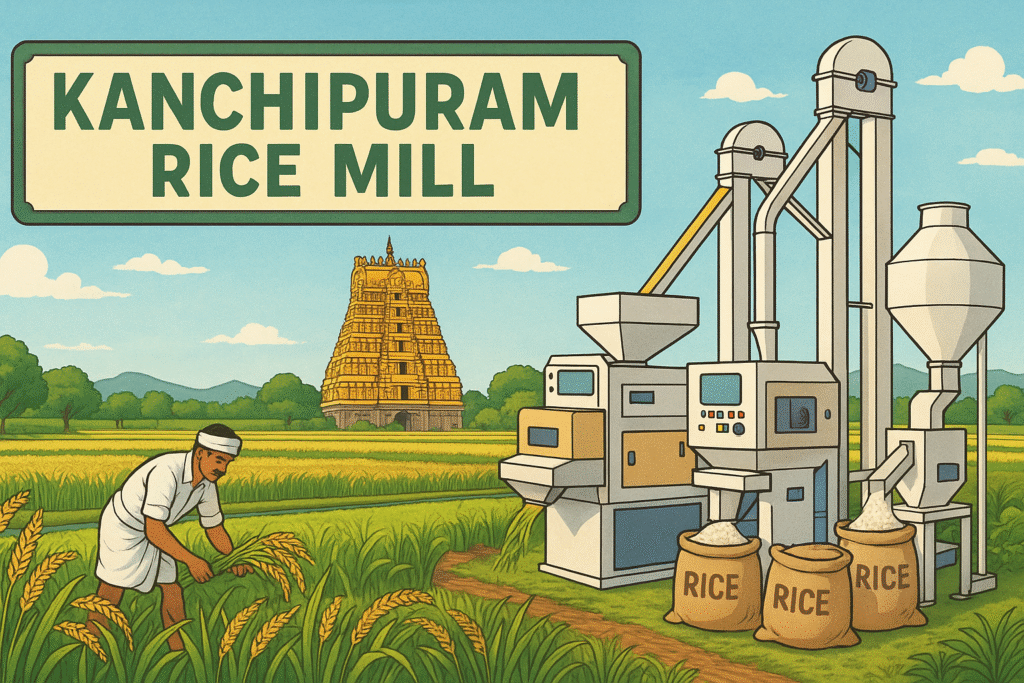Industrialization Initiatives in Bihar: A Transformative Journey

The state of Bihar, known for its rich history and cultural heritage, has embarked on a transformative journey of industrialization. Traditionally an agrarian economy, Bihar’s efforts to diversify its economic landscape have gained momentum in recent years. The state government’s focus on infrastructure development, policy reforms, and investment promotion has led to the emergence of new industrial sectors, contributing significantly to the growth and development of the region.
Infrastructure Development: The Backbone of Industrialization
One of the key factors driving Bihar’s industrialization is its emphasis on infrastructure development. The state government has taken notable steps to enhance transportation networks, power supply, and telecommunication facilities. The expansion of road and rail connectivity has not only improved the movement of goods but has also encouraged investors to set up manufacturing units in the state. Additionally, the establishment of industrial corridors and logistic parks has streamlined the distribution and storage of goods, further boosting economic activities.

Policy Reforms and Investment Promotion
Bihar has been proactive in introducing policy reforms to create a conducive environment for industries to flourish. The ‘Bihar Industrial Investment Promotion Policy’ focuses on providing incentives and concessions to attract investments. These include tax benefits, subsidies, and reduced regulatory hurdles for industries. By simplifying the approval process and providing a single-window clearance system, the state government has successfully attracted both domestic and foreign investments.
Emerging Industrial Sectors
Bihar’s industrial landscape has diversified beyond its traditional strengths. While agriculture remains a vital sector, new industries have gained prominence. The textile and apparel sector has shown significant growth, benefitting from the availability of skilled labor and raw materials. Additionally, food processing, agro-based industries, and handicrafts have also gained traction, leveraging the state’s agricultural resources.
Challenges and the Way Forward
Despite the positive strides, Bihar’s industrialization journey is not without challenges. The state still faces infrastructural gaps, including a need for more efficient power supply and better connectivity to remote areas. Skill development remains a critical aspect, requiring a concerted effort to equip the workforce with relevant skills for modern industries. Furthermore, bureaucratic red tape and land acquisition issues can deter potential investors.
To overcome these challenges, the state government must continue its commitment to policy reforms and infrastructure development. Investments in education and skill development programs will help create a capable workforce that can contribute effectively to various industries. Collaboration between the government, industry stakeholders, and local communities will be crucial for sustainable growth.
Conclusion
Bihar’s transition from an agrarian economy to an industrialized state reflects its determination to harness its potential and create a more diverse and robust economy. The state’s focus on infrastructure, policy reforms, and promotion of emerging sectors has attracted investments and generated employment opportunities. While challenges persist, Bihar’s industrialization journey serves as an inspiring example of how strategic planning and collaborative efforts can drive economic transformation in a region.






